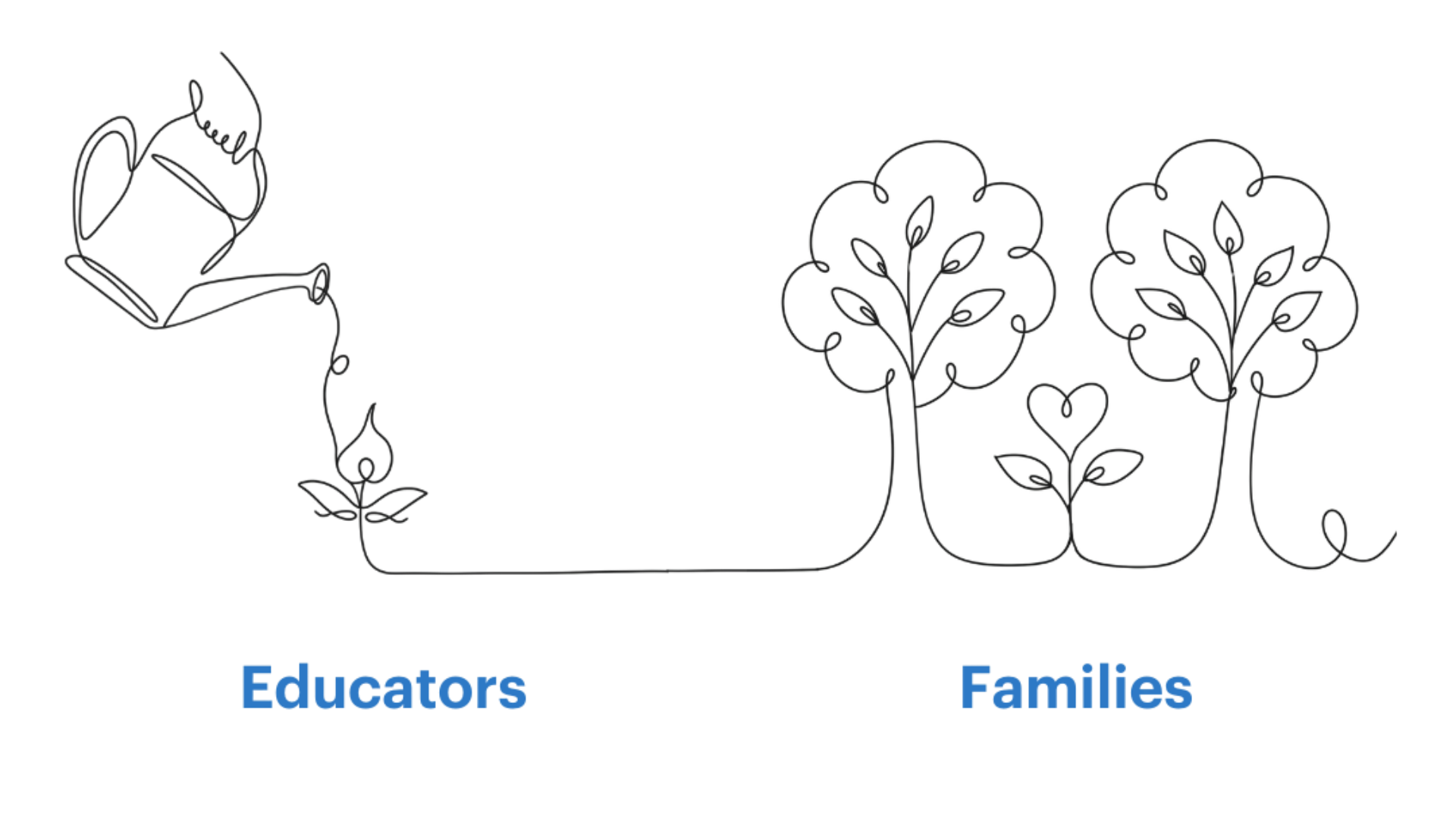Vision and Foundation
The wisdom of the Buddha offers profound insights into compassion, interconnection, and the nature of mind that can empower young people to navigate life with greater clarity and kindness. The Buddhist Education Aspirations Framework makes these timeless teachings accessible to educators and children through inquiry-based, age-appropriate learning that honors both authentic dharma learning and students’ innate wisdom.

Why Use a Framework?
A framework provides a common language for what educators agree students should learn. It defines outcomes clearly yet flexibly, allowing diverse approaches while staying student-centered through ongoing refinement based on feedback. Its defining feature is that it was shaped in a progressive, constructivist school, striving to teach in a non- dogmatic way and guided by children’s innate curiosity about life and phenomena.
Who Can Use This Framework?

The framework accommodates diverse educational settings. Educators may develop comprehensive curricula covering all learning goals or select subsets meeting local needs. We’ve created curated learning pathways for families, Buddhist-friendly educators, core concept focus, and advanced practitioners. We welcome collaboration with schools, developing customized goal sets, and plan to offer alignment resources for national and state curricula.

Scope and Completion
The framework provides a comprehensive introduction to core Buddhist concepts while continuing to evolve through educator feedback. With over 175 high school learning goals (ages 15-18), lower grade band versions (ages 4-14) are in active development, with the first 21 learning goals nearing completion for initial release.
Pedagogy: Cultivating Innate Wisdom

Wisdom is something that we have innately and something that children often demonstrate very strongly when they are young. Often, through schooling, we learn to cover it up with the things we learn. By pointing to wisdom and compassion from the early years, we can encourage students to trust their own experience and to explore these ideas in ways that make sense to them.
More about our approach
Inquiry-Based Approach. Inspired by the Buddha, who with his invitation—ehipassiko (“come and see”)—never imposed his ideas on others, the framework encourages critical thinking over dogma. Drawing from constructivist learning theory and progressive education pioneers like John Dewey and Paulo Freire, students learn through inquiry and discovery, honoring their own intrinsic wisdom, personal investigation, and direct experience. By approaching learning in an exploratory and experiential way, students quickly come up against and reflect on the truth of their own experience. This has the effect of really developing their wisdom.
Experiential Learning Foundation. Students construct knowledge through guided exploration and reflection. The framework supports various pedagogical approaches unified by the principle that meaningful learning occurs when students make sense of concepts through direct experience, emphasizing active engagement and individual wisdom alongside structured learning environments.
Educator Autonomy. The framework is a tool supporting skilled, self-aware educators. Quality education depends on teacher preparation, supportive environments, and a willingness to invite inquiry. Educators need to feel comfortable with the content they’re teaching and may focus on specific elements within learning goals, based on their own and their students’ needs and readiness.

Teacher Approach
We cannot stress enough the importance of considering the teacher, their motivation, and their ability to reflect and integrate the teachings into their own life. Embodying the teachings is essential for supporting student inquiry. We aspire to develop support pathways ranging from basic approaches to comprehensive training programs to ensure authentic yet accessible transmission.
Culture and Inclusivity
Non-Denominational Approach: MWE honors all Buddhist traditions while prioritizing student experience. Though initially developed by students from Mahayana and Vajrayana backgrounds, we wish to receive input from all traditions and encourage cross-cultural exploration. The framework serves both Buddhist educators and non-Buddhist teachers seeking to meaningfully explore Buddhist wisdom without requiring belief acceptance.

The Tea, the Cup, and the Teapot
The teacup metaphor is commonly used to help us understand how the words of the Buddha have been preserved and transmitted over time. The teacup represents the culture, language, traditions, forms, and examples used to express the teachings, while the teachings themselves are like the tea.
With support from many regions and cultures, we aspire to build and refine a framework that can become a “teapot”—holding the essential dharma in a language and format that Buddhist educators from diverse traditions worldwide might come to trust. Educators bring their own “cups”—their cultural traditions, teaching methods, and local contexts—to express these universal teachings in ways that resonate with their communities.
Assessment
The “Action” element of each learning goal serves as a performance indicator, giving teachers creative freedom to design assessments meeting student needs. While dharma encompasses more than measurable outcomes—including invisible transformations in disposition and wisdom—the multi-dimensional structure supports meaningful evaluation appropriate to regional and cultural contexts.
Development, Support, and Attribution
Developed from student-centered methods at Middle Way School, the framework emerged from classroom-tested curricula organized around what students exploring the Buddha’s teachings could know, understand, and do. The framework is published open source under Creative Commons Attribution 4.0, made possible by Khyentse Foundation’s generosity.
